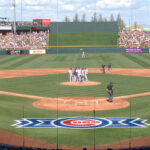Salt Lake City needed no introduction to the sports world once the year 2002 rolled around, but its turn on the global stage arrived that year when the Winter Olympics came to Utah.
Those Games were marred by two major controversies, including a bribery scandal that led to major reforms in the Olympic bidding process, as well as a figure skating judging controversy that resulted in two gold medals being awarded for one event — a scandal that came to be known as “Skategate.”
Despite all that, the 2002 Games proved successful in a lot of ways, including financially. And more than 20 years later, the memories of that event for Utah proved to be beneficial as Salt Lake bid for — and was awarded — another edition of the Winter Olympics, this time in 2034.
If you’re a visitor to Salt Lake City, it’s fun to spot Olympic markers and monuments as you walk or drive around. Some are hiding in plain sight; others are clear to see and worth stopping to visit.
And you can view them through a new prism now that another Olympic Games are on their way. Most of the same venues and sites will be in play for the 2034 Games, with a few changes here and there. But they’re all there for a visitor to check out — for both a look back and a preview of what’s to come.
Exploring sites within Salt Lake City
Like with anything in Salt Lake City, an exploration of Olympic sites starts with the downtown area.
The Delta Center, the city’s arena which hosts two major professional sports teams (the NBA’s Utah Jazz and NHL’s Utah Hockey Club), plays a central role in the Olympic experience as well.
In 2002, the Delta Center had its name changed to the Salt Lake Ice Center due to an Olympic rule against corporate-sponsored venue names, and hosted figure skating and short-track speed skating. Therefore, it was the stage for the unfolding of “Skategate.”
The Delta Center is expected to get a major renovation in order to better accommodate hockey, as currently Utah Hockey Club games feature large numbers of obstructed-view seating. Ryan Smith, the owner of both the Jazz and Utah HC, has said that Delta Center will be used for ice hockey in the 2034 Games, switching with an arena outside the downtown area (more on that below).
From an Olympic standpoint, there’s more to explore than just the arena in downtown Salt Lake City. Just north of Delta Center, on the platform for the TRAX light rail station that serves the venue, a countdown clock used for the 2002 Games remains as a marker of the buildup to the event.
Around downtown, you can also find more detailed markers explaining significant Olympic locations.
Across the intersection of South Temple and 300 West from the Delta Center is a surface parking lot that occupies an entire city block. Back in 2002, this was the center of entertainment for the Games, as it served as the site of the Olympics Medals Plaza.
Over the two-week duration of the Olympics, the plaza also staged nightly concerts headlined by the likes of Foo Fighters, Dave Matthews Band, Sheryl Crow and more.
Interestingly, though, while downtown Salt Lake City was a hub for entertainment during those Games, the events themselves were mostly spread out throughout the region.
In 2002, the Delta Center was the only downtown venue used for competitions. But that is expected to change in 2034.
Utah’s 2034 Olympics bid included a plan to utilize the Salt Palace, the city’s convention center located two blocks east of the Delta Center, for curling — moving the sport closer to the city center after it was held in the city of Ogden in 2002.
More Olympic sites within the city limits
If you want to find more prominent vestiges of the 2002 Games, you’ll have to venture outside downtown Salt Lake City. The easiest way to do that is to travel a few miles east of the central city area to the campus of the University of Utah — specifically, Rice-Eccles Stadium, the home of the Utes’ football team.
For the 2002 Games, the stadium was rebranded Rice-Eccles Olympic Stadium and served as the site for the opening and closing ceremony. The stadium will reprise those roles for the 2034 Olympics.
The cauldron used for the games remains visible. Originally located next to the scoreboard on the stadium’s south side, it was removed during a stadium expansion and reinstalled in the southwest corner in 2021 as the centerpiece of what’s known as the Olympic and Paralympic Cauldron Plaza.
The plaza also includes a small outdoor exhibit filled with markers highlighting major events and figures central to the 2002 Games.
Rice-Eccles Stadium is easily accessible from downtown using the Red Line of the TRAX light rail. The Stadium station is located across the parking lot from the stadium.
In addition to the opening and closing ceremonies, the site is also slated to host snowboarding and freestyle skiing events at a temporary stadium in the parking lot for the 2034 Olympics.
Rice-Eccles Stadium is considered part of the “Salt Lake Cluster” of venues for 2034, which includes two more sites located within about 10 miles of downtown Salt Lake City.
The Utah Olympic Oval (pictured above), located in the South Valley suburb of Kearns, was purpose-built for long-track speed skating in the 2002 Games. It will reprise that role in 2034.
Because of the high elevation of the Salt Lake region, the Utah Olympic Oval turned out to be an ideal venue for speed skating. Ten Olympic records and nine world records were set in the 2002 Games, the latter being the most ever for one event. Records continue to be set frequently in competition there, giving the venue the nickname “The Fastest Ice on Earth.”
Meanwhile, the Maverik Center, a 10,000-seat arena in the suburb of West Valley City, is expected to host figure skating and short-track speed skating during the 2034 Olympics.
Back in 2002, the venue was known as the E Center and was used for the Olympics as the primary ice hockey venue. It saw such notable moments as the men’s hockey gold-medal game, won by Canada over Team USA 5-2, as well as an ignominious goal scored from the neutral zone that allowed upstart Belarus to upset Sweden in the quarterfinals.
Today, the Maverik Center gets plenty of use as the home of the Utah Grizzlies minor-league hockey team, as well as the Salt Lake City Stars of the NBA’s G League.
Additional 2002 Olympic hockey events were staged at the Peaks Ice Arena in Provo, located about 50 miles south of Salt Lake City. That venue, now home to the Brigham Young University hockey program, will be used again when the Olympics return to Utah in 2034.
Mountain Olympic venues outside Salt Lake City
To find more robust reminders of the 2002 Olympics, do what many tourists do when visiting Utah and head into the mountains.
The town of Park City, in the Wasatch mountain range east of Salt Lake City, is well known as a prime ski resort area as well as the home of the annual Sundance Film Festival. Park City served as the base for most of the Olympics’ mountain events, and is expected to do the same in 2034.
Even outside of competitions — and outside of the winter, for that matter — the Olympic sites are open to visitors. The best starting point is the Utah Olympic Park (pictured above), which was built to host several events during the 2002 Olympics.
The list includes sliding competitions (bobsleigh, luge and skeleton), ski jumping, snowboarding and the Nordic combined.
Visitors today can purchase guided tours of the facility. In the winter, visitors can also pay to take a ride in a bobsled down the ice track, and there are occasional opportunities to watch athletes train in sliding and ski jumping.
The park also includes an Olympic Museum and a ski museum, both of which are free and include artifacts and exhibits related to the 2002 Olympics.
More Olympic events took place in the ski resorts around Park City and will be put to use again for the 2034 Olympics. Soldier Hollow, a cross-country ski venue built for the 2002 Games, will again host cross-country events.
The Deer Valley ski resort, already one of the most popular ski destinations in Utah, will be home to Alpine and freestyle skiing events, reprising its 2002 role.

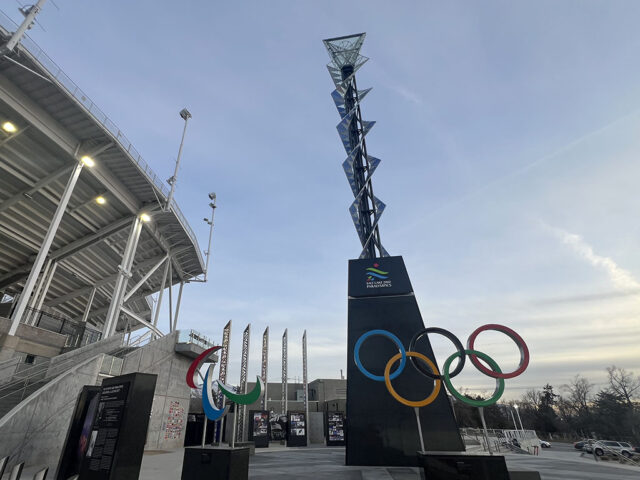
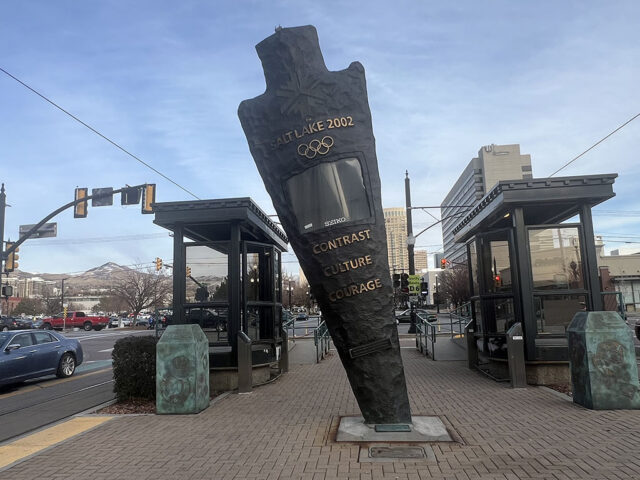
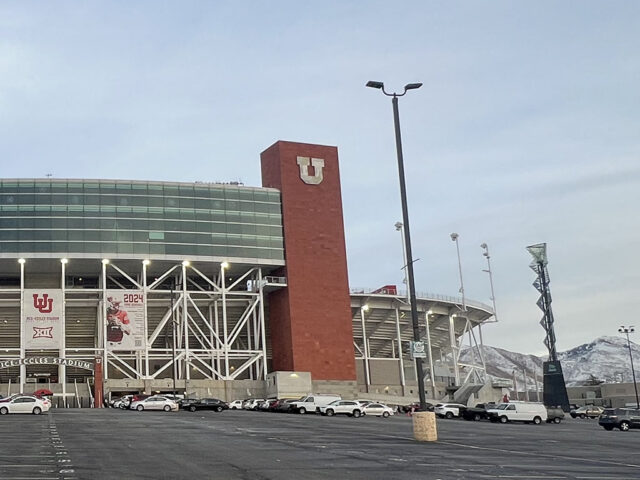
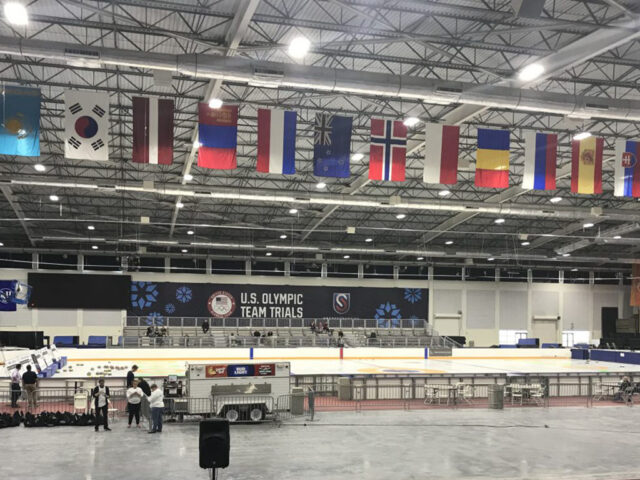
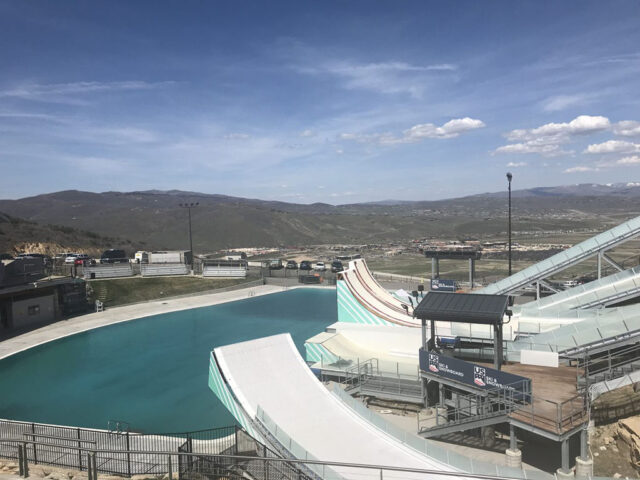
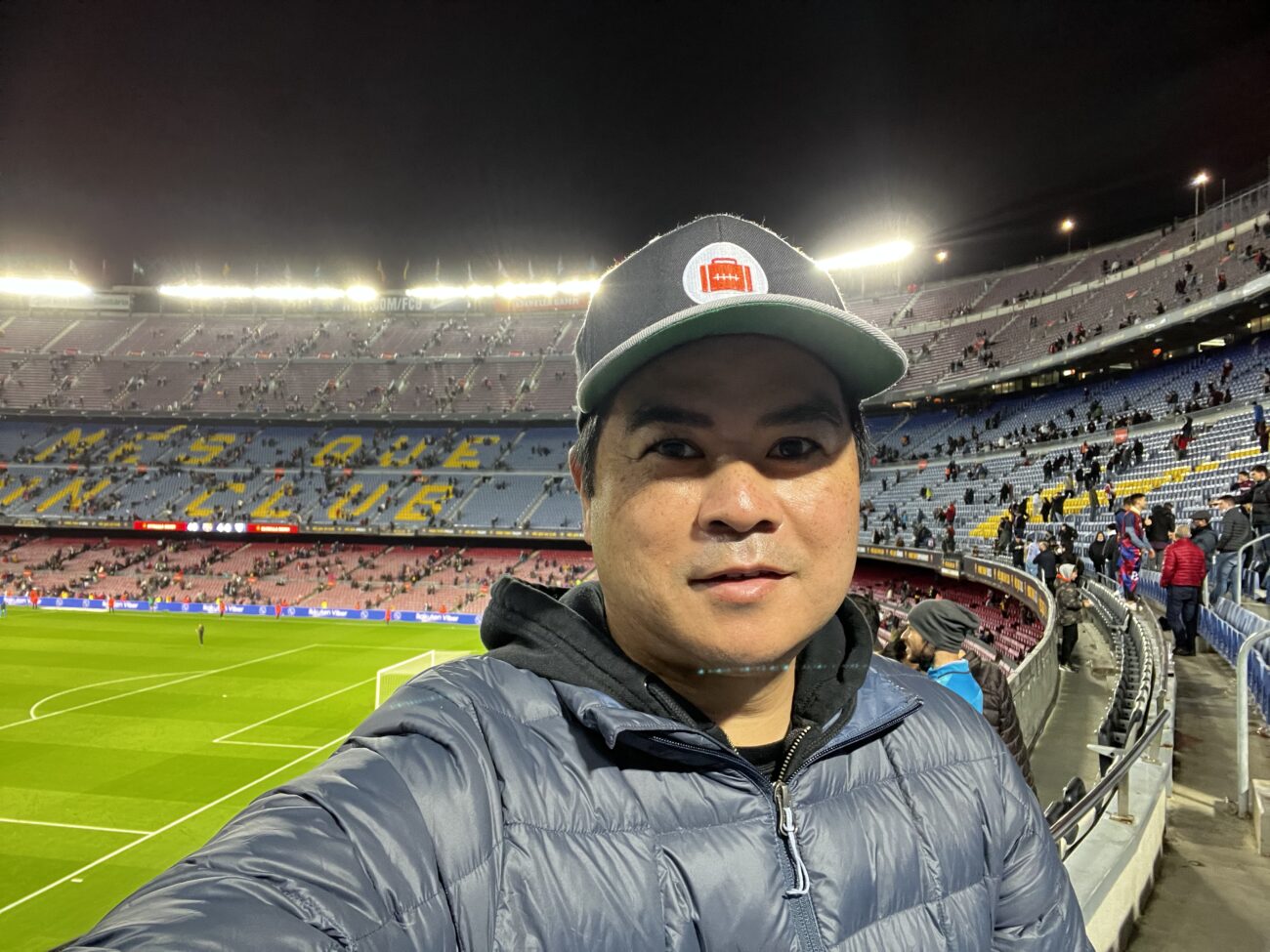 Edward de la Fuente | Itinerant Fan
Edward de la Fuente | Itinerant Fan
